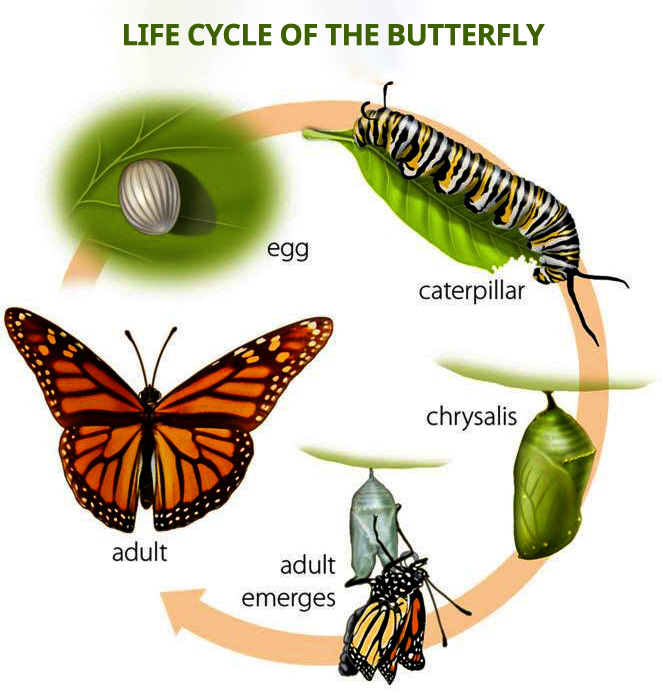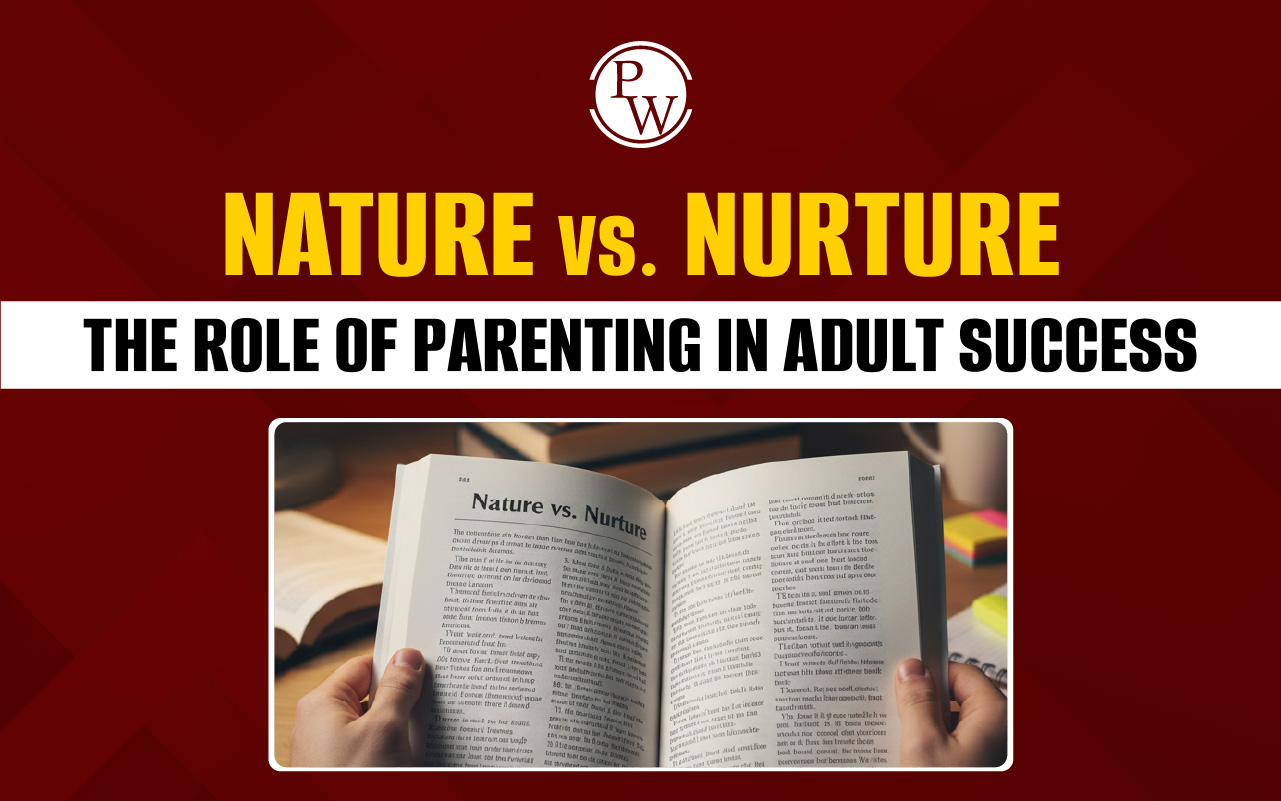
IELTS Writing Task 1 Life Cycle Diagram involves explaining the stages of a process or the phases in an organism's life cycle in a clear and simple way. This task is important as it tests the ability to describe visual information accurately, using proper vocabulary and grammar. To achieve a high band score, practicing with different life cycle diagrams is essential, helping to develop the skills needed for clear descriptions and logical organization.
The article below offers useful tips to excel in Task 1 Life Cycle Diagram, along with a model answer and an example. By understanding common diagram types, practicing regularly, and applying key strategies, it becomes easier to produce well-written responses and achieve a high score in the IELTS Writing Task 1 Life Cycle Diagram.
Also Check:
- How to Write an Line Graph for IELTS Writing Task 1
- IELTS Sample Charts for Writing Task 1
- IELTS Sample Letter for Writing Task 1
What is IELTS Writing Task 1 Life Cycle Diagram?
A life cycle diagram shows the stages or phases that an organism, object, or process goes through from start to finish. It is commonly used to explain complex ideas in a simple and clear way. In IELTS Writing Task 1, a life cycle diagram is provided, showing the stages of a specific life cycle. The task is to write a 150-200 word summary of the diagram. The following are the key aspects of the task:
- Diagram Analysis : Study the diagram carefully to understand the order of stages and key details of each stage.
- Summary Writing : Write a brief and clear summary that accurately describes the life cycle process.
- Vocabulary : Use correct terms related to the life cycle and the process.
- Structure of Task : Follow grammar rules and use different sentence types to make the writing interesting and accurate.
IELTS Writing Task 1 Life Cycle Diagram Model Answer
IELTS Writing Task 1 Life Cycle Diagram Model Answer examples are provided below. These model answers show how to clearly describe life cycle diagrams of a butterfly and a ladybird, using correct nouns, proper vocabulary, and logical flow. Practicing with different life cycle diagrams can help improve descriptive skills and achieve a high band score in IELTS Writing Task 1.
Example 1: This gap fill provides the first two paragraphs of the IELTS practice diagram. Use the words listed to complete the gaps. Some words may need to be changed for grammatical correctness, such as singular or plural nouns or verb forms. Not all words will be used.

Word List : caterpillar, cycle, emerges, hatch, leaf, larvae, metamorphosis, stages, transition, butterfly, chrysalis, adult, eggs
The diagram illustrates the life _____ of a butterfly, which consists of four distinct _____. The cycle begins with the laying of _____ on the underside of a _____ by an _____ butterfly.
After a few days, the eggs _____ into _____, commonly known as _____. These larvae mainly feed on leaves, gaining essential nutrients for growth. The caterpillars then _____ into the pupal stage, where each forms a _____. During this stage, significant _____ takes place, transforming the caterpillar into a butterfly. Finally, the adult butterfly _____ from the chrysalis, and the cycle begins again.
Example 2: The Life Cycle of a Ladybird
The diagram shows the life cycle of a ladybird, which goes through several stages. The cycle begins with adult ladybirds laying eggs on the underside of leaves.
The eggs then hatch into larvae, which feed on aphids and other small insects. As they grow, the larvae molt several times before entering the pupal stage. In this stage, they form a pupa that attaches to the leaf surface. During this phase, a significant transformation occurs as the larvae develop into adult ladybirds. Finally, the adult ladybirds emerge from the pupa, ready to start the cycle again by laying more eggs.
The life cycle of a ladybird demonstrates the important stages from egg to adult, highlighting the changes and adaptations that help them survive and reproduce.
- IELTS Writing Task 1 Table Chart
- IELTS Pie Chart Task 1
- How to Describe Pie Charts in IELTS Writing Task 1
Tips to Approach IELTS Writing Task 1 Life Cycle Diagram
Approaching the IELTS Writing Task 1 Life Cycle Diagram requires a clear understanding of the diagram and an accurate description. Here are some simple tips to help you score higher in this task:
- Analyze the Diagram : Take a few minutes to study the diagram, noting the different stages and how they connect. Identify where the cycle starts and the order of the stages.
- Key Elements : Look at labels, arrows, and any text that shows the stages and their transitions.
- Outline Your Essay : Plan a short outline before writing. This should include the introduction, body paragraphs, and conclusion.
- Vocabulary : Use the right words to describe the stages clearly. Words like "starts with," "moves to," "ends with," and "emerges from" are helpful.
- Overview : Begin with a short introduction that explains what the diagram shows, mentioning the process or organism and the number of stages.
- Paraphrase the Title : Rephrase the title of the diagram to show varied language.
- Follow the Sequence : Describe each stage in the correct order as shown in the diagram.
- Use Passive Voice : In some cases, the passive voice can help focus on the process, such as "The eggs are laid by the adult butterfly."
- Smooth Transitions : Use words like "next," "then," "after that," and "finally" to connect the stages.
- Summary : End with a brief conclusion summarizing the process, highlighting the key stages and, if relevant, the cycle.
- Varied Vocabulary : Use different words to avoid repetition and keep the description interesting.
- Grammar : Check for correct use of nouns and verbs, making sure singular and plural forms are accurate.
- Sentence Structure : Mix simple and complex sentences to make the writing easy to follow.
- Review for Errors : Proofread the writing to catch any grammar, spelling, or punctuation mistakes.
- Practice Regularly : Practice with different life cycle diagrams, such as the life cycle of a butterfly or plant. Regular practice will improve skills and confidence.
By following these simple tips and practicing consistently, one can create high-quality responses and achieve a good band score in the IELTS Writing Task 1 Life Cycle Diagram.
IELTS Writing Task 1 Life Cycle Diagram FAQs
What is a Life Cycle Diagram in IELTS Writing Task 1?
How many words should the response be for the Life Cycle Diagram?
What key elements should be included in the description?
Is it important to use specific vocabulary for the Life Cycle Diagram?
How can one improve performance in the Life Cycle Diagram task?










